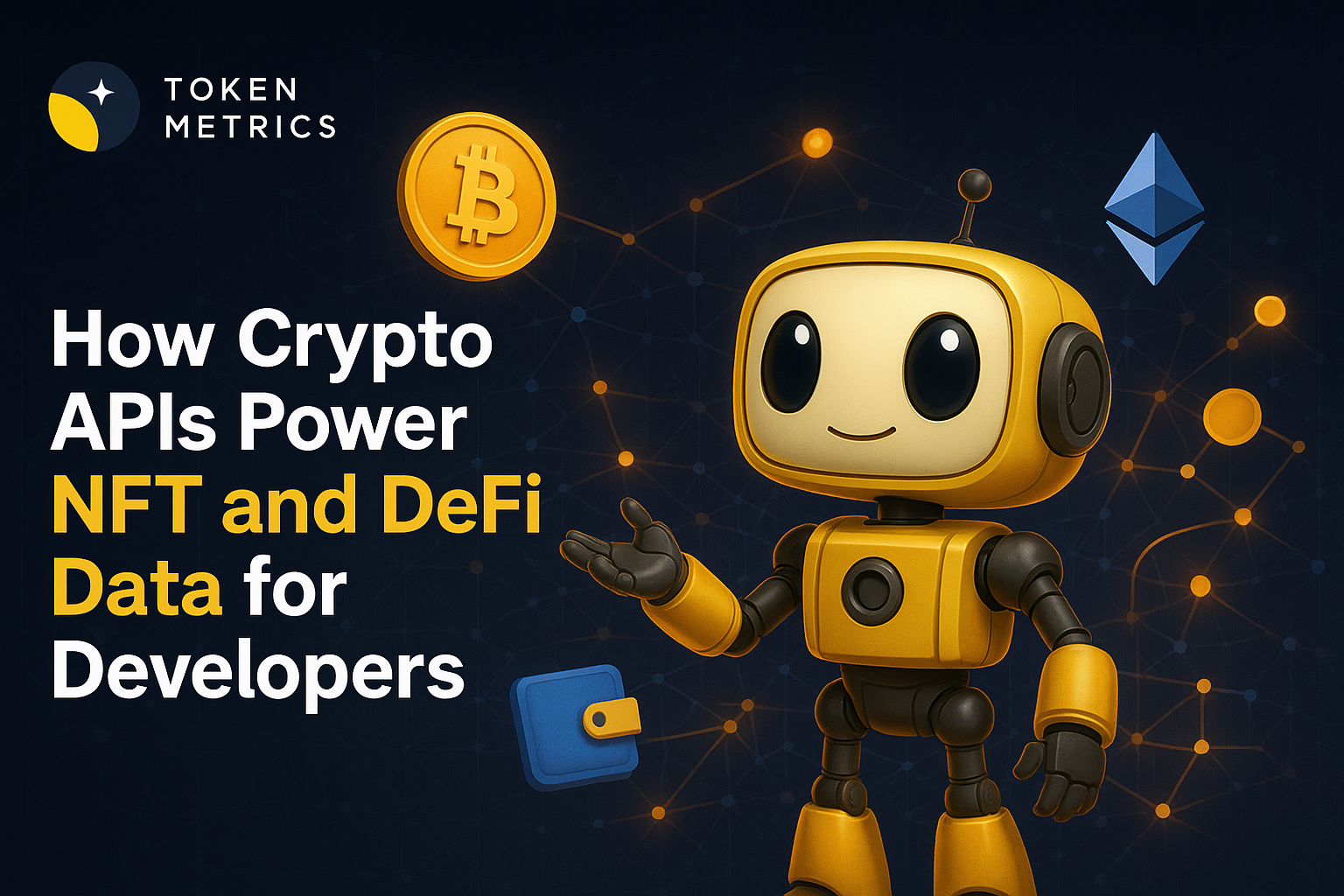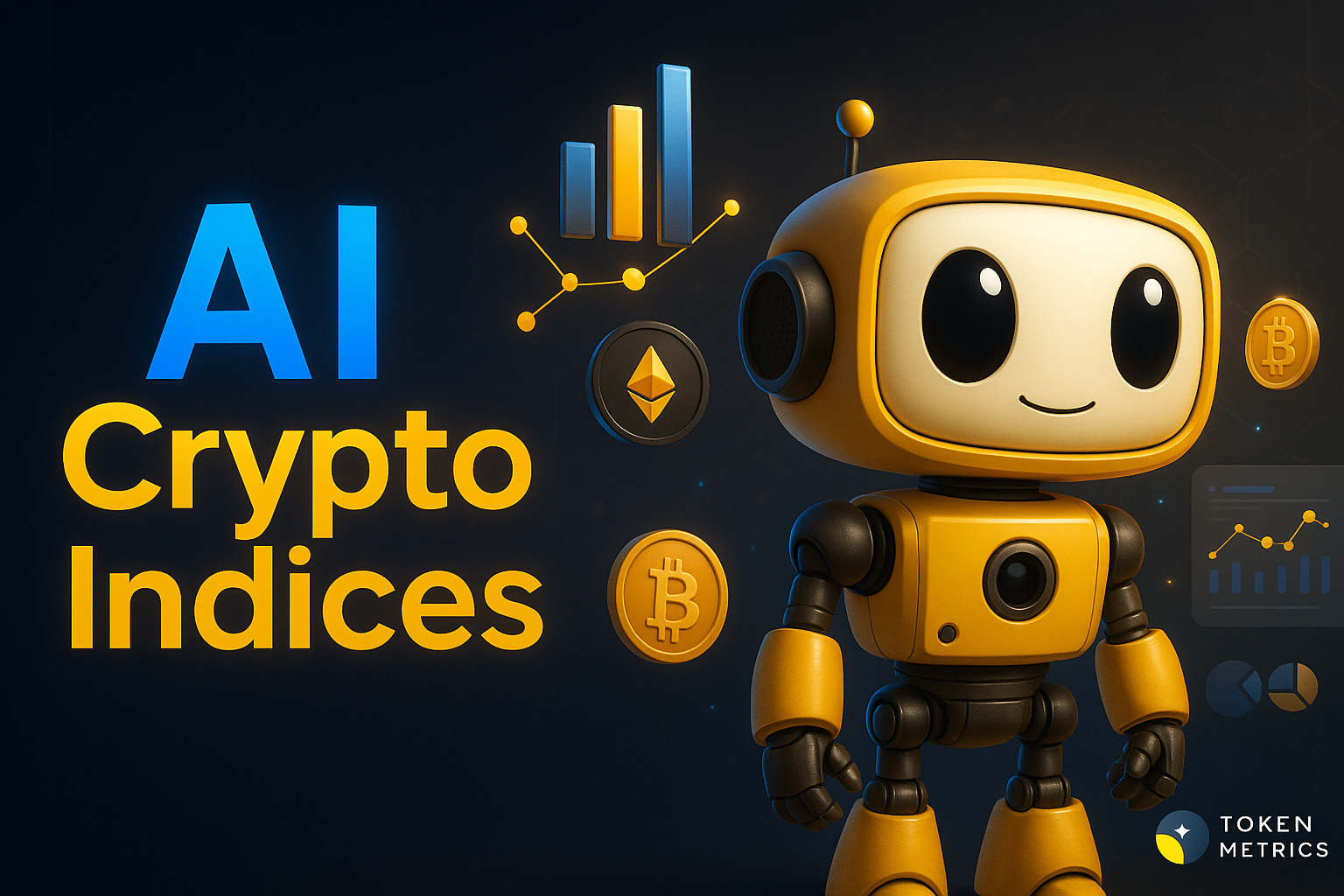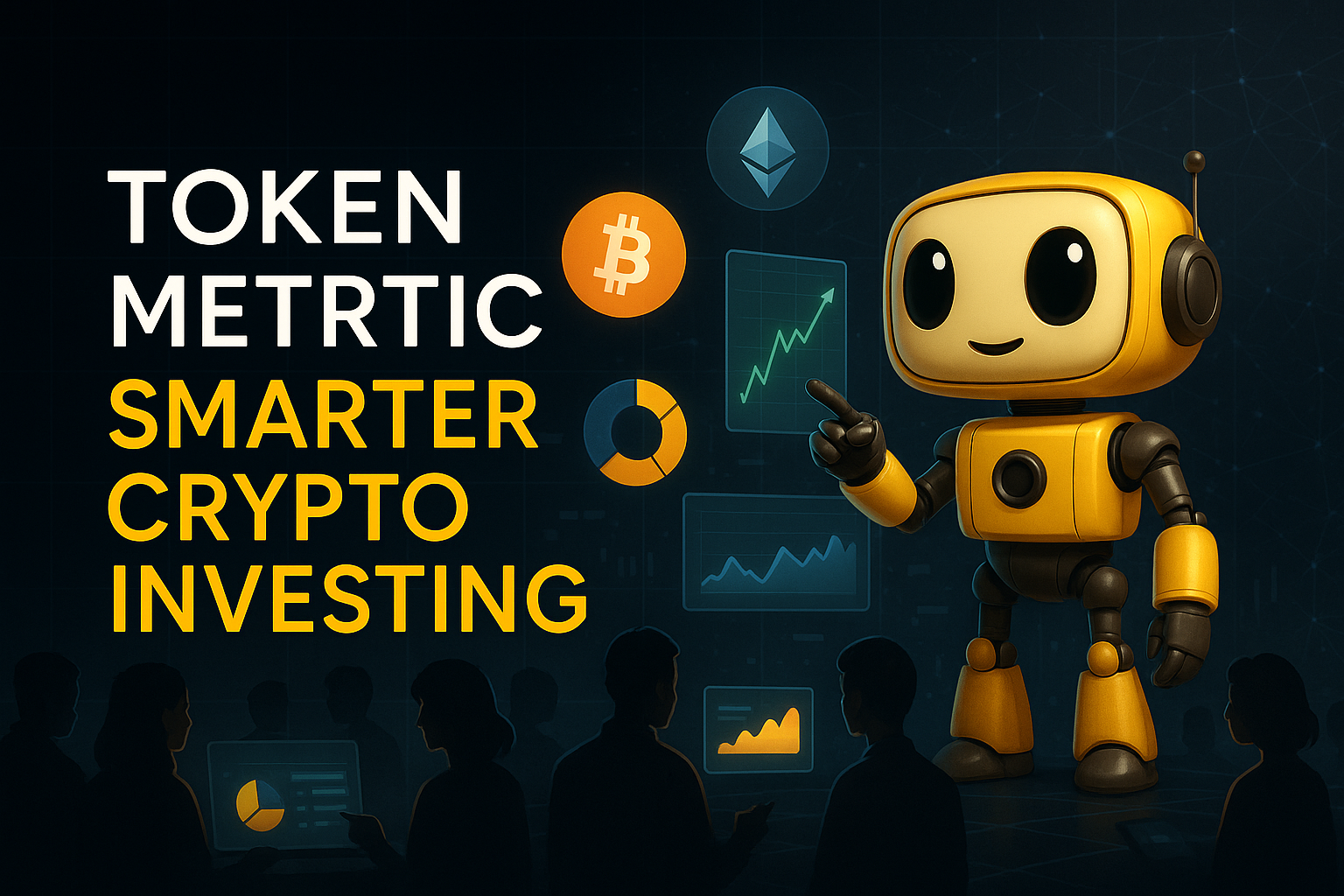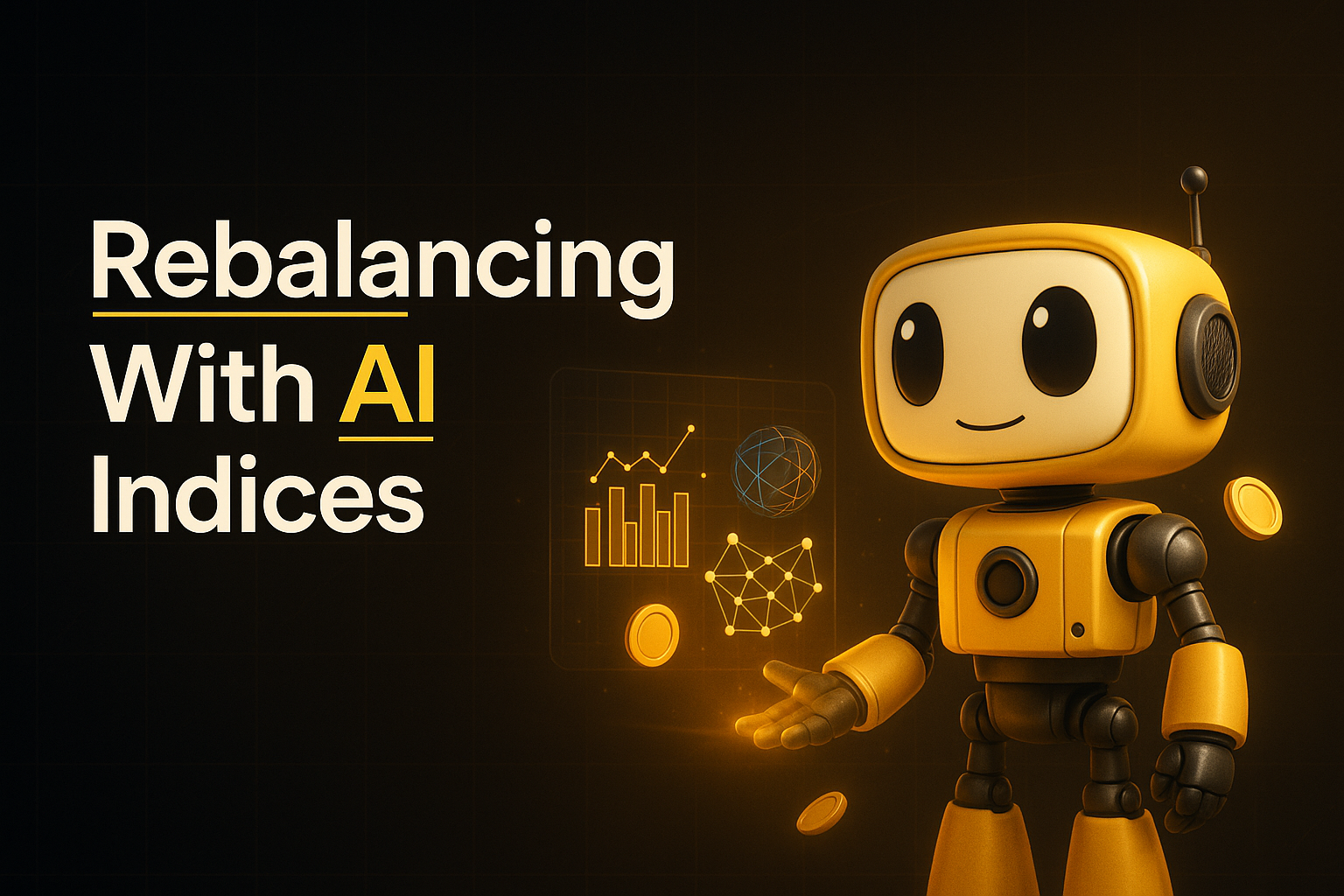Ask most cryptocurrency investors about their strategy, and they'll enthusiastically describe which tokens they bought and why.
Ask them about their rebalancing approach, and you'll likely encounter blank stares or vague responses about "checking in periodically."
This gap between initial portfolio construction and ongoing management represents one of the most significant missed opportunities in crypto investing.
Rebalancing—systematically adjusting portfolio allocations back to target levels—transforms average portfolios into exceptional ones through disciplined profit-taking and value-seeking behavior.
Academic research demonstrates that systematic rebalancing can add 0.5-2% to annual returns while simultaneously reducing volatility.
In cryptocurrency markets where volatility reaches extreme levels and different tokens experience dramatically divergent performance, rebalancing's impact amplifies even further.
Yet most investors struggle with rebalancing.
The decisions feel counterintuitive—selling winners that might keep rising and buying losers that might keep falling.
Emotions interfere with discipline. Tax implications complicate timing. The sheer volatility of crypto markets makes determining appropriate rebalancing triggers difficult.
Token Metrics AI Indices solve the rebalancing challenge through systematic, emotion-free approaches that capture rebalancing's benefits while eliminating the psychological and practical obstacles that prevent individual investors from executing effectively.
This comprehensive guide explores the science and practice of portfolio rebalancing, reveals why it matters more in crypto than traditional markets, and demonstrates how Token Metrics implements intelligent rebalancing that consistently enhances returns.
Why Rebalancing Matters: The Mathematical Foundation
Without rebalancing, portfolios inevitably drift from target allocations as different holdings perform differently.
Consider a simple example: You construct a portfolio allocating 25% each to Bitcoin, Ethereum, Solana, and Cardano—a balanced four-token portfolio.
Over the next year, Bitcoin returns 50%, Ethereum returns 100%, Solana returns 200%, and Cardano returns 0%.
Your portfolio now holds approximately 19% Bitcoin, 32% Ethereum, 48% Solana, and 1% Cardano—dramatically different from your intended 25% equal weighting.
You've become concentrated in Solana at precisely the moment when its 200% gain makes it more expensive and potentially due for a correction.
Meanwhile, Cardano represents a tiny fraction despite potentially offering more upside from its underperformance.
This drift creates concentration risk—your portfolio's fate increasingly depends on a few holdings.
If Solana crashes 50%, your entire portfolio suffers disproportionately despite initially designing a diversified portfolio.
Rebalancing prevents this dangerous drift, maintaining your intended risk profile.
Rebalancing mechanically enforces profitable investor behavior—selling portions of outperformers (taking profits near peaks) and buying underperformers (accumulating near troughs).
This systematic approach to buying low and selling high removes emotion from timing decisions that defeat most investors.
Research analyzing portfolio rebalancing across various market conditions demonstrates that disciplined rebalancing adds 0.5-2% to annual returns in traditional markets.
In cryptocurrency markets with their extreme volatility and frequent leadership rotations, rebalancing's impact often exceeds 2-5% annually—a substantial performance enhancement from disciplined portfolio management.
Cryptocurrency markets exhibit both mean reversion (where extreme moves tend to reverse) and momentum (where trends persist).
Rebalancing captures both dynamics: it systematically takes profits from momentum runs by trimming outperformers, while positioning for mean reversion by adding to beaten-down assets that may recover.
Token Metrics' AI analyzes market regimes to optimize rebalancing frequency and thresholds.
During strong trending periods, the system may rebalance less frequently to let momentum run.
During choppy, mean-reverting periods, more frequent rebalancing captures oscillations profitably.
The Psychology of Rebalancing: Why It's So Hard
Behavioral finance research reveals the "disposition effect"—investors' tendency to sell winning investments too quickly (locking in gains prematurely) while holding losing investments too long (hoping for recovery).
This pattern destroys returns by cutting profits short and letting losses compound.
Counterintuitively, proper rebalancing often requires opposite behavior—holding winners that have appreciated but remain fundamentally strong while selling losers that have declined for valid reasons.
This feels psychologically wrong, which is precisely why systematic approaches outperform gut instinct.
Token Metrics' AI doesn't experience disposition effect.
The algorithms evaluate whether holdings remain attractive based on current fundamentals, technicals, and systematic criteria—not based on whether positions are currently profitable or at a loss.
When a token in your portfolio surges 300%, rebalancing requires selling a portion to restore target allocation.
Your brain immediately screams objection: "But what if it goes up another 300%? I'll miss those gains!"
This FOMO prevents many investors from taking profits systematically.
The reality is that no one can predict whether any asset will continue appreciating.
By rebalancing systematically, you lock in some gains from exceptional performance while maintaining some exposure in case the run continues.
This balanced approach optimizes long-term risk-adjusted returns even if occasionally you rebalance before peaks.
Token Metrics implements this balance automatically, removing the FOMO-driven paralysis that prevents proper profit-taking.
Loss aversion—the psychological pain of losses exceeding the pleasure of equivalent gains—makes rebalancing into declining assets psychologically difficult.
When a token has dropped 50%, buying more feels like "throwing good money after bad."
Yet this value-seeking behavior, when applied to fundamentally sound assets experiencing temporary weakness, proves highly profitable.
Some of the best investment returns come from buying quality assets when they're temporarily out of favor.
Token Metrics' systematic approach evaluates whether underperforming tokens remain fundamentally attractive.
If so, rebalancing into them at depressed prices positions for recovery. If not, the system may reduce or eliminate positions rather than blindly adding to failing investments.
Token Metrics Rebalancing Methodology
Token Metrics indices employ sophisticated rebalancing triggers that balance trading frequency with optimization.
Rather than arbitrary calendar rebalancing or purely threshold-based approaches, the AI considers multiple factors including:
• Allocation drift from targets (typically rebalancing when positions deviate 5-10% from targets)
• Technical indicators suggesting trend changes or reversals
• Fundamental metric changes affecting token attractiveness
• Market regime shifts altering optimal allocation patterns
This multi-factor approach ensures rebalancing occurs when beneficial while avoiding excessive trading that generates costs without corresponding benefits.
Token Metrics doesn't simply restore positions to arbitrary equal weights.
The AI implements risk-adjusted position sizing where higher-quality, lower-volatility tokens receive larger allocations, while riskier, more volatile tokens receive smaller positions.
This sophisticated weighting optimizes risk-adjusted returns rather than just nominal returns.
When rebalancing, the system recalculates optimal position sizes based on current risk characteristics, fundamentals, and market conditions.
A token that was 10% of the index three months ago might now warrant 8% or 12% based on changing circumstances.
For taxable accounts, Token Metrics considers tax implications when determining optimal rebalancing approaches.
The system may defer selling appreciated positions until long-term capital gains treatment becomes available, utilize tax-loss harvesting to offset gains when appropriate, and consider using new contributions for rebalancing rather than selling existing holdings.
While indices provide rebalancing guidance, users maintain control over implementation and can adapt recommendations to their specific tax situations with professional tax advisor input.
Rebalancing large positions in illiquid tokens can create significant slippage—buying or selling moving prices unfavorably.
Token Metrics prioritizes liquid tokens with deep order books, analyzes trading volumes when determining position sizes, and provides guidance on execution approaches for larger rebalancing trades.
This liquidity focus ensures rebalancing can be implemented efficiently without excessive costs eroding benefits.
Rebalancing Strategies for Different Market Conditions
During bull markets when most holdings appreciate, rebalancing involves systematically taking profits from the strongest performers.
This feels counterintuitive—why sell your best performers? But disciplined profit-taking during strength achieves several objectives:
• It locks in gains that could evaporate in corrections
• Reduces concentration risk in overvalued positions
• Provides capital for opportunistic additions
• Maintains your target risk profile
Token Metrics indices implement graduated profit-taking during bull markets.
Rather than eliminating positions in strong performers, the system trims them incrementally as they appreciate, maintaining some exposure while reducing risk.
During bear markets when most holdings decline, rebalancing involves adding to positions at depressed prices.
This requires significant discipline—buying when everything is falling feels dangerous.
Yet systematic accumulation during weakness positions portfolios for eventual recovery.
Token Metrics' AI evaluates whether declining tokens remain fundamentally sound and worth accumulating, or whether they're declining for valid reasons suggesting reduced allocation.
This discrimination prevents blindly buying poor projects just because they're cheap.
During range-bound markets, different tokens oscillate within ranges, creating rebalancing opportunities to capture mean reversion.
When Token A rises to range top while Token B falls to range bottom, rebalancing trims A and adds to B. When they reverse, rebalancing adjusts again.
This range-trading aspect of rebalancing proves particularly profitable during extended consolidation periods, generating returns even when overall markets move sideways.
Practical Implementation: Rebalancing with Token Metrics
Token Metrics indices have predetermined rebalancing schedules ranging from weekly for high-frequency momentum strategies to quarterly for longer-term value approaches.
When implementing indices personally, establish your own rebalancing schedule based on account type (retirement accounts support more frequent rebalancing), portfolio size (larger portfolios justify more frequent management), and time availability (realistic assessment of attention you can devote).
Most investors find monthly or quarterly rebalancing provides optimal balance between benefits and time commitment.
When rebalancing, the process involves reviewing current portfolio allocations, comparing to target allocations from your chosen Token Metrics indices, calculating percentage and dollar deviations, determining which positions to trim and which to add, and executing trades to restore targets.
Token Metrics platform provides tools simplifying these calculations, showing current vs. target allocations clearly and suggesting specific trades to implement rebalancing.
Effective rebalancing implementation requires attention to execution details including:
• Using limit orders to avoid excessive slippage
• Splitting large trades across multiple orders or days
• Timing trades to avoid extreme volatility periods
• Documenting all transactions for tax purposes
For small portfolios (under $10,000), simple market order execution typically suffices.
For larger portfolios, thoughtful execution preserving capital through reduced trading costs becomes important.
An efficient rebalancing technique involves directing new contributions to underweight positions rather than selling overweight positions.
If you contribute $1,000 monthly to your crypto portfolio and Bitcoin is overweight while Ethereum is underweight, direct the entire $1,000 to Ethereum rather than buying both proportionally.
This approach achieves rebalancing benefits without generating taxable events from selling appreciated assets—particularly valuable in taxable accounts.
Common Rebalancing Mistakes to Avoid
Some investors rebalance constantly, adjusting allocations at every minor drift.
This excessive trading generates transaction costs that exceed rebalancing benefits, creates unnecessary tax events, and prevents letting profitable trends develop.
Token Metrics indices balance rebalancing benefits against costs, trading only when systematic criteria justify action.
Individual investors should resist urges to constantly tinker, allowing portfolios time to perform between rebalancing events.
Conversely, neglecting rebalancing allows dangerous concentration to develop.
Some investors set up portfolios then ignore them for years, discovering eventually that they've become inadvertently concentrated in whatever happened to perform best.
Establish systematic rebalancing schedule—quarterly at minimum, monthly for more active management—and adhere to it consistently.
Perhaps the most common mistake involves establishing systematic rebalancing rules then overriding them emotionally.
"I know I should rebalance into Token X, but it's been falling so hard... I'll wait until it stabilizes."
This emotional override defeats the entire purpose of systematic rebalancing.
Trust the process—if your systematic criteria indicate rebalancing is appropriate, execute it regardless of emotional discomfort.
Rebalancing in taxable accounts generates capital gains taxes that can substantially reduce after-tax returns if ignored.
Selling $10,000 of appreciated Bitcoin to rebalance might create $3,000+ tax liability depending on gains and tax bracket.
Always consider tax implications when rebalancing taxable accounts.
Sometimes deferring rebalancing until long-term status is achieved, or using new contributions rather than selling, proves more tax-efficient.
Advanced Rebalancing Techniques
Rather than rebalancing to exact targets, sophisticated investors use bands.
If target allocation is 25% with 5% bands, rebalance only when allocation drifts beyond 20-30% range.
This reduces trading frequency while still preventing excessive drift.
Token Metrics incorporates band approaches in index methodologies, rebalancing when necessary but avoiding unnecessary trades for minor drifts.
Advanced rebalancing considers valuations, becoming more aggressive when assets appear cheap and more conservative when expensive.
Rather than mechanical rebalancing to fixed targets, dynamic approaches adjust targets based on current market conditions.
Token Metrics' AI implements elements of dynamic rebalancing, adjusting index weights based on comprehensive analysis of valuations, momentum, and fundamentals.
For investors with crypto as part of broader portfolios including stocks, bonds, and real estate, rebalancing should consider total portfolio allocation.
When crypto surges from 5% to 10% of total wealth, rebalancing should trim crypto back to 5%, distributing proceeds to other asset classes.
This total portfolio perspective prevents crypto concentration from overwhelming overall risk management, regardless of how well chosen tokens perform.
Track rebalancing impact by comparing portfolio returns to buy-and-hold counterfactual, analyzing transaction costs as percentage of benefits, evaluating whether risk (volatility, drawdowns) decreased, and measuring consistency of returns across periods.
Token Metrics provides analytics showing rebalancing impact, helping users understand value added through disciplined portfolio management.
Conclusion: Discipline Creates Consistent Alpha
Portfolio rebalancing represents the clearest example of how discipline and system create investment advantage.
The mathematics are straightforward—maintain target allocations through buying low and selling high.
The psychology is challenging—overcoming FOMO, loss aversion, and emotional attachment to winners.
Token Metrics AI Indices solve the rebalancing challenge through emotion-free systematic implementation that captures rebalancing benefits without succumbing to psychological obstacles that defeat individual investors.
The indices trade based on data-driven criteria, not fear or greed. They take profits during strength and accumulate value during weakness without hesitation or second-guessing.
For crypto investors seeking to optimize returns, proper rebalancing may represent the highest-value activity available.
It requires no market timing genius, no ability to pick winning tokens before they surge, no special information or insights.
It requires only discipline—the discipline to follow systematic rules consistently regardless of emotional state.
Token Metrics provides that discipline at scale, implementing sophisticated rebalancing strategies refined through years of market analysis and AI optimization.
By trusting this systematic approach, investors capture rebalancing's substantial benefits while preserving time and mental energy for other priorities.
Rebalancing isn't glamorous. No one boasts about their disciplined portfolio maintenance.
But portfolios that compound wealth over decades do so through consistent rebalancing discipline, not lucky speculation.
Choose discipline. Choose systematic approaches. Choose Token Metrics.
Token Metrics AI Rebalancing in Action
Ready to harness the power of systematic rebalancing?
Discover how Token Metrics AI Indices implement disciplined portfolio management that turns rebalancing from burdensome chore into consistent alpha generation.
Visit tokenmetrics.com to access AI-powered rebalancing strategies optimized for crypto markets.
FAQ: What is portfolio rebalancing?
Portfolio rebalancing is the process of systematically adjusting your asset allocations back to target weights.
It involves selling some of your portfolio’s outperformers and buying more of the underperformers to maintain a predetermined allocation.
This helps manage risk and capture opportunities as market movements cause allocations to drift from your original plan.
FAQ: How often should I rebalance my crypto portfolio?
The optimal schedule varies depending on your portfolio type, size, and objectives.
Most investors find monthly or quarterly rebalancing strikes a good balance between keeping allocations in line and minimizing trading costs.
Some strategies benefit from more frequent (e.g., weekly) rebalancing, especially in highly volatile markets.
FAQ: Does rebalancing boost returns or reduce risk?
Research shows systematic rebalancing often increases long-term returns while also reducing risk.
This is achieved by taking profits in outperforming assets and buying underperformers, making the most of volatility and mean reversion in crypto markets.
Consistent rebalancing also helps sustain a diversified risk profile over time.
FAQ: How do Token Metrics indices handle rebalancing?
Token Metrics AI Indices use data-driven rules to trigger rebalancing based on allocation drift, momentum, market regimes, and liquidity.
The indices automate rebalancing to maintain optimal weights, reduce human error, and adapt dynamically to shifting market conditions.
FAQ: What are common mistakes to avoid when rebalancing?
Avoid these pitfalls:
• Rebalancing too frequently and generating unnecessary taxes and fees
• Ignoring rebalancing for long periods
• Letting emotions override systematic rules
• Not accounting for tax implications
• Buying or selling illiquid tokens without regard to slippage
Disclaimer
This content is for informational and educational purposes only. It describes systematic approaches to rebalancing and risk management, not specific investment advice or recommendations.
Cryptocurrency investing involves risk, and you should consult a qualified financial advisor or tax professional regarding your own circumstances before making decisions.
Token Metrics does not provide individualized investment, legal, or tax advice.



.svg)


.png)




%201.svg)
%201.svg)


%201.svg)









.svg)




.png)